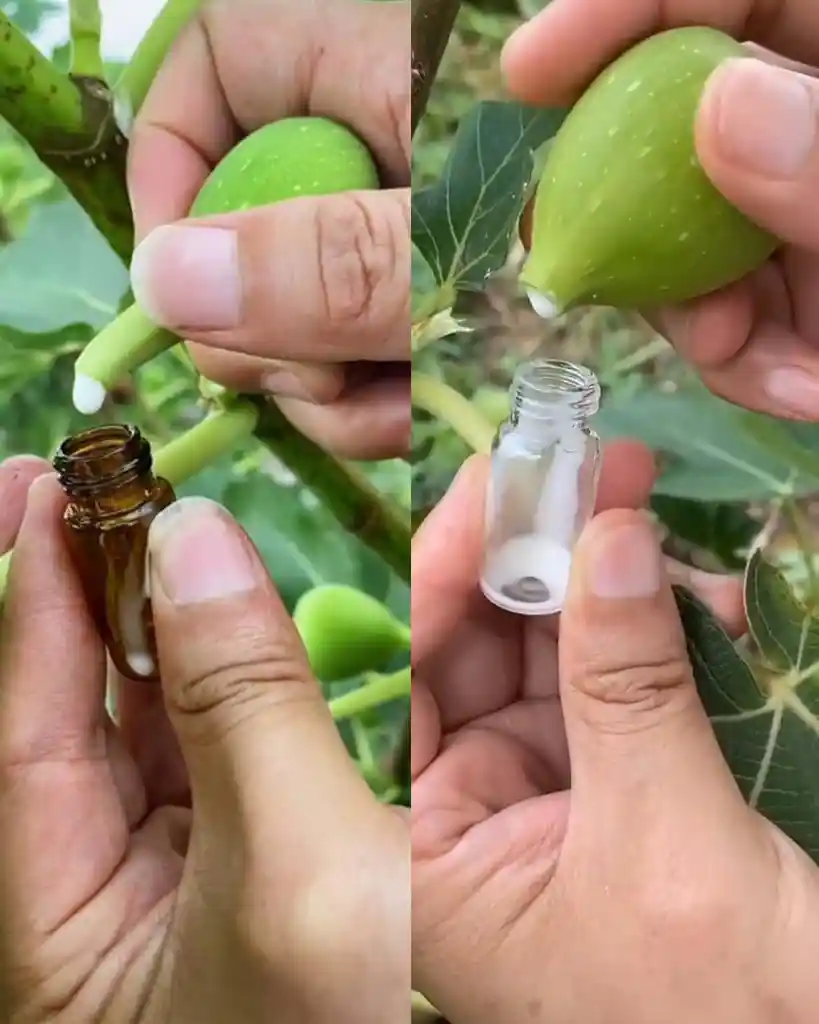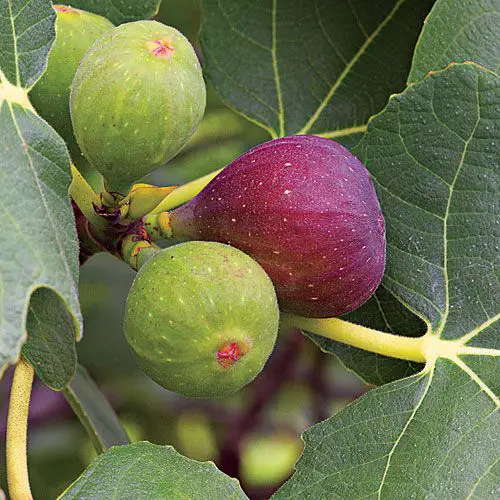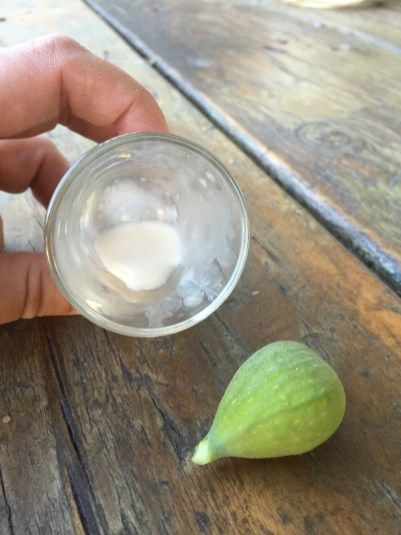Fig trees are more than just a source of delicious fruit—they offer a hidden treasure in the form of their sap. Often called “fig milk” because of its milky-white appearance, fig sap is a versatile natural resource with applications ranging from traditional remedies to innovative home solutions. If you’ve ever been curious about how to collect and use fig sap safely, this guide is for you.
Let’s dive into the practical steps of harvesting and using fig sap while ensuring the health of your tree and your skin.
Why Fig Sap is a Natural Marvel

The sap of a fig tree is a unique substance containing latex, enzymes, and compounds with potential medicinal and practical benefits. In various cultures, it has been used to treat skin conditions, assist in food preparation, and even deter pests in the garden.
However, fig sap isn’t without its cautions. Direct contact with undiluted sap can irritate your skin or eyes due to its latex content. Understanding how to handle it properly ensures a safe and effective experience.
Essential Safety Tips Before You Begin
Before you start collecting fig sap, here are a few important precautions to keep in mind:
- Wear Protective Gear: Always use gloves and protective eyewear when handling fig sap to avoid irritation.
- Check for Allergies: Perform a patch test with diluted sap on your skin to ensure you don’t have an allergic reaction.
- Choose the Right Season: Late spring to early autumn is the best time to collect sap as fig trees are most active during this period.
- Protect the Tree: Only harvest from healthy, mature fig trees to avoid causing undue stress to young or weakened trees.
Tools You’ll Need for Collecting Fig Sap
Gather the following tools and materials before you begin:
- Gardening gloves
- Protective eyewear
- A sharp knife or small, clean cutting tool
- A collection container (a glass jar or plastic bowl works well)
- Natural tree sealant or mud to protect the tree after collection
Step-by-Step Guide to Collecting Fig Sap
1. Prepare Your Tools
Start by ensuring your cutting tool is clean and sharp. This minimizes harm to the tree and ensures a smooth collection process.
2. Select a Collection Spot
Choose a spot on a healthy branch or the trunk where you can make a small incision. Avoid areas that appear diseased or damaged, as this could harm the tree further.

3. Make a Small Incision
Using your knife, carefully make a shallow cut into the bark. The incision should be just deep enough to allow the sap to flow but not so deep that it damages the tree’s structure.
4. Collect the Sap
Position your collection container directly beneath the cut to catch the sap as it drips. Depending on the sap flow, this may take anywhere from a few minutes to a couple of hours.
5. Seal the Cut
After you’ve collected enough sap, seal the incision with a natural tree sealant or a simple layer of mud. This step helps protect the tree from infections and promotes healing.
Creative Uses of Fig Sap
Fig sap’s unique properties make it a valuable addition to various aspects of life. Here are some of its most popular uses:
1. Natural Remedy for Skin Conditions
In traditional medicine, diluted fig sap has been used to treat skin irritations, warts, and minor cuts. The enzymes in the sap may help break down damaged skin tissue. However, always dilute the sap and consult a professional if unsure.

2. Culinary Applications
Did you know fig sap can be used in food preparation? It acts as a natural coagulant, making it an excellent dairy-free option for cheese-making. Just be sure to process the sap properly to remove any irritants before use.
3. Gardening Solutions
Fig sap can serve as a natural pest deterrent. Apply it in diluted form to other plants to keep unwanted insects at bay without resorting to chemical pesticides.
4. DIY Projects
In eco-friendly crafts, fig sap can be a fascinating material for creating natural adhesives or experimenting with biodegradable coatings.
Why Sustainable Harvesting Matters
When collecting fig sap, it’s important to prioritize sustainability. Overharvesting can stress your tree, reducing its ability to produce fruit or regenerate sap. By making small, controlled incisions and sealing them after collection, you help ensure the long-term health of your fig tree.
Safety First: Handling Fig Sap Responsibly
While fig sap has many benefits, it’s essential to use it responsibly:
- Dilution is Key: Always dilute the sap before applying it to your skin or using it in food.
- Avoid Ingestion of Raw Sap: Unprocessed sap can cause irritation to the mouth and digestive system.
- Supervise Children and Pets: Keep fig sap out of reach of little ones and animals to avoid accidental exposure.
A Rewarding Way to Connect with Nature
Harvesting fig sap isn’t just practical—it’s a wonderful way to deepen your connection to nature. By working with the natural cycles of your fig tree, you’ll gain a newfound appreciation for the hidden resources plants provide.
Whether you’re using it for skincare, food, or gardening, fig sap is a versatile tool for anyone looking to live more sustainably.
Conclusion: Unlock the Potential of Fig Sap
Fig sap is more than just a byproduct of a fig tree—it’s a versatile, natural resource with applications that span skincare, culinary arts, and eco-friendly gardening. By following safe and sustainable harvesting practices, you can unlock the full potential of this natural wonder while ensuring the health of your tree.
So, why not give it a try? With the right tools, precautions, and creativity, harnessing the power of fig sap could become your next favorite DIY project. Let nature inspire you!


